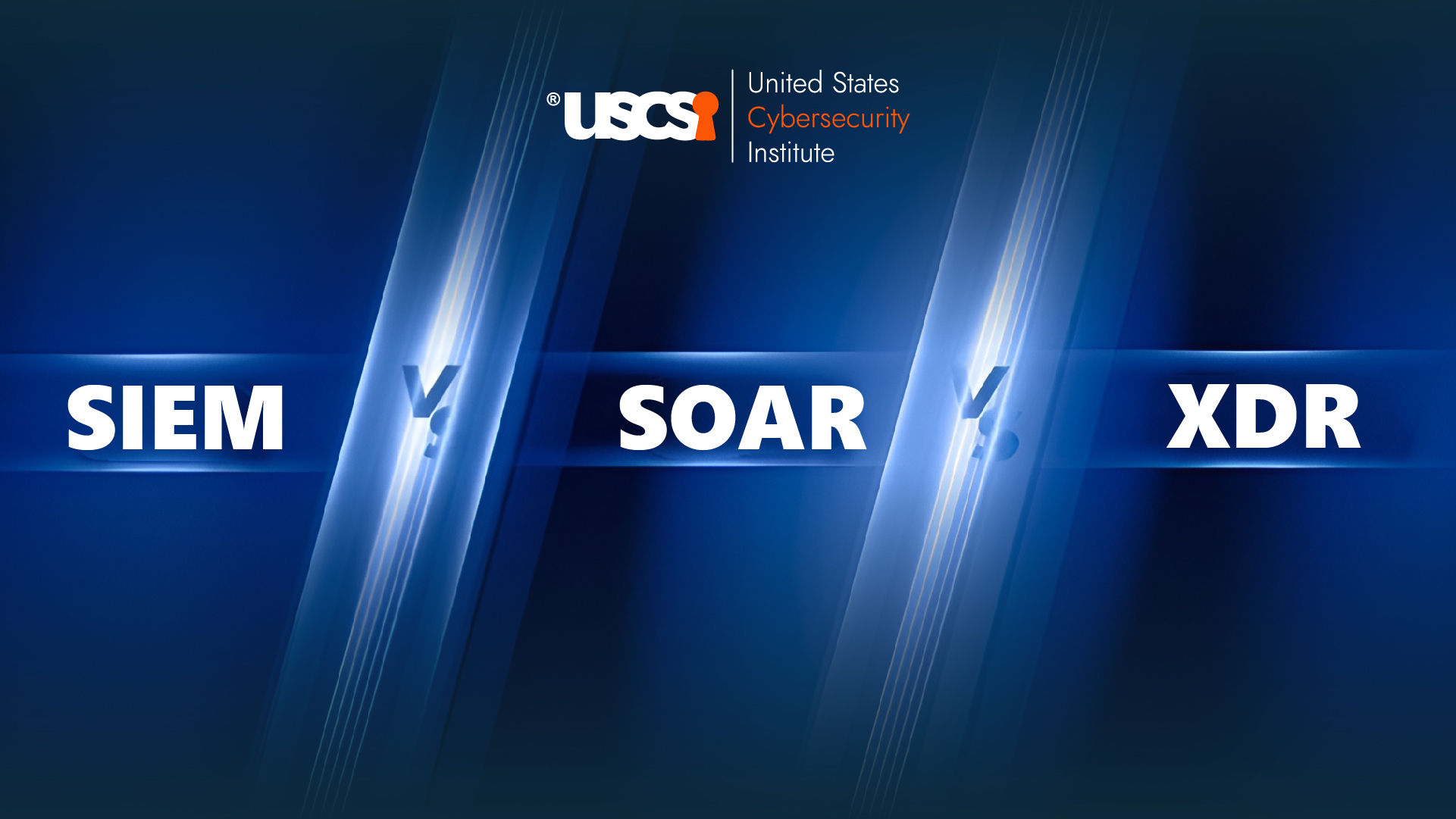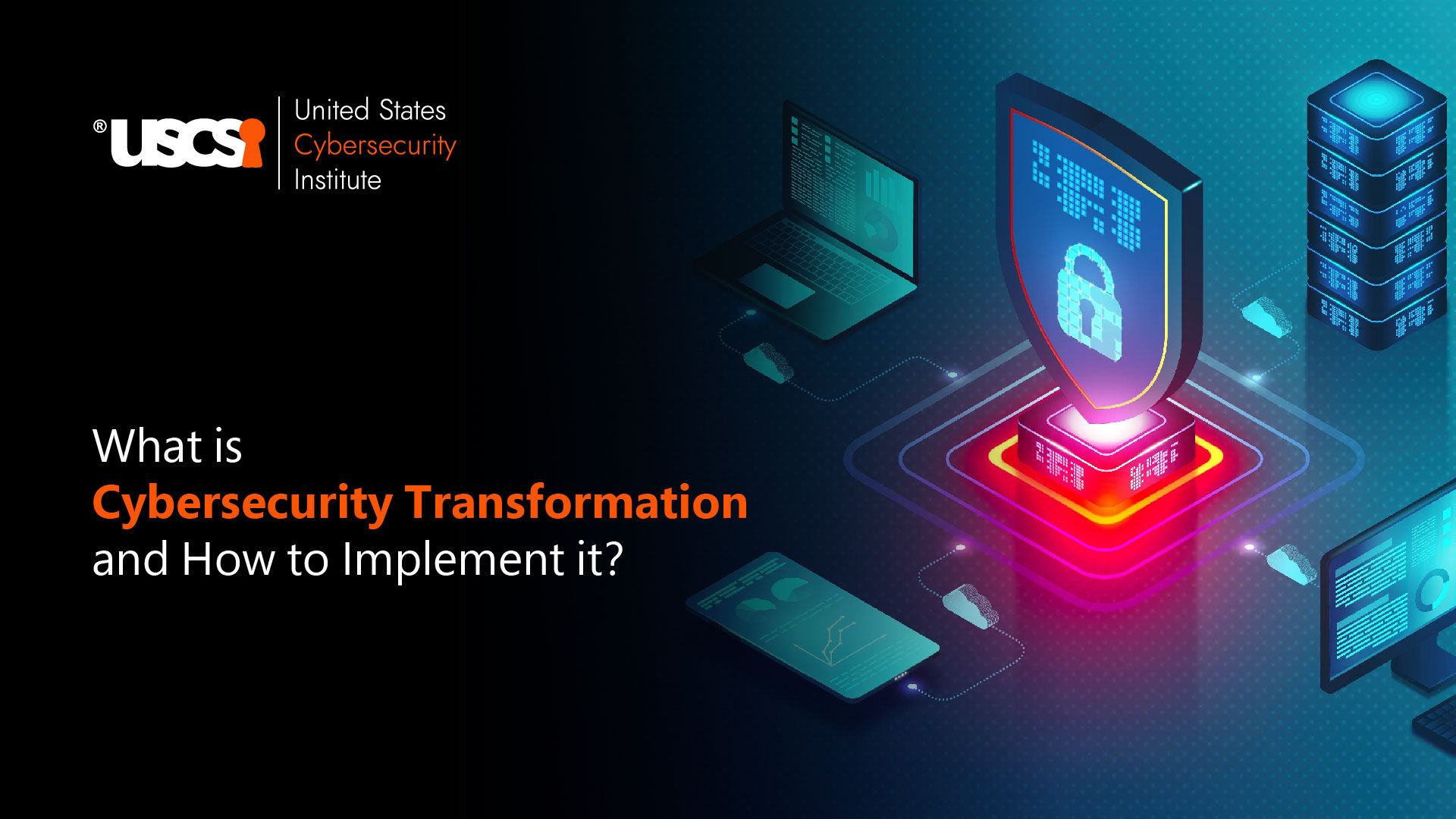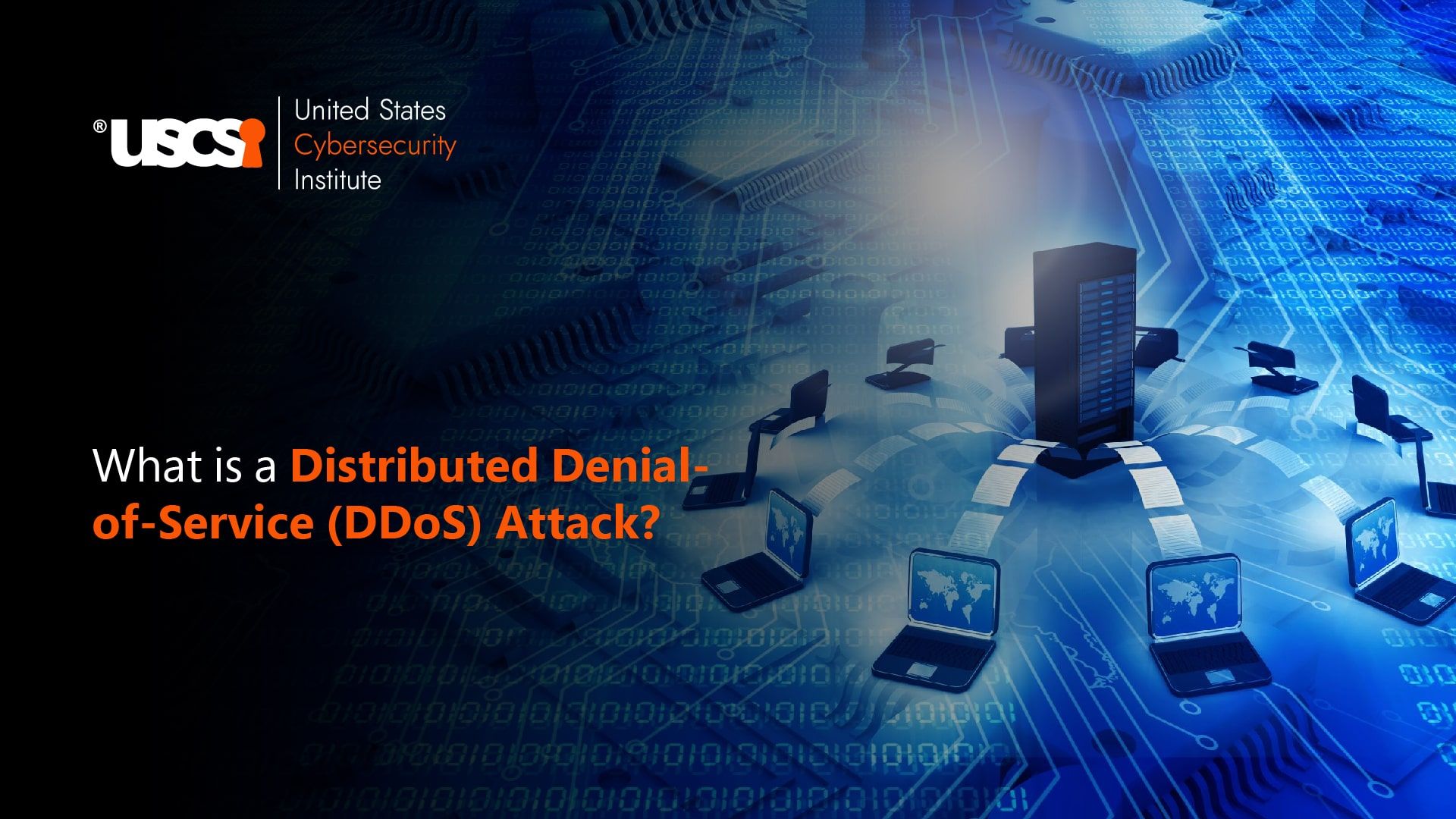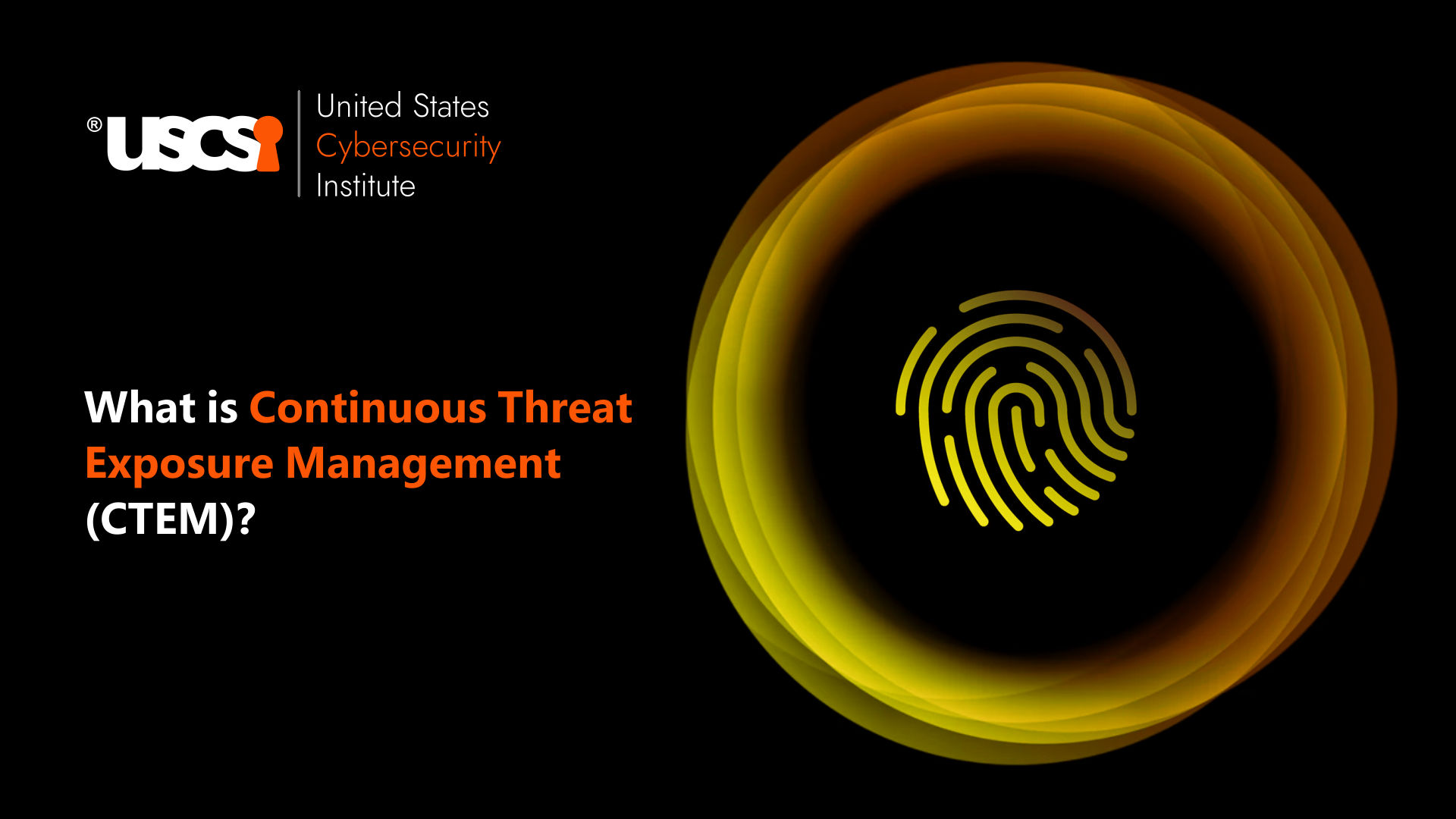

SIEM vs. SOAR vs. XDR: Understanding Key Differences | Infographic
The amount and frequency of cyberattacks are increasing rapidly making it difficult for organizations to effectively identify and contain the risks. However, with advancements in technologies, security incident and response management has become quite efficient with a variety of cybersecurity tools and techniques.
Do you know, according to IBM Data Breach Report 2024, an organization’s security teams and tools helped to identify 42% of breaches, followed by a benign third party (34%), and disclosure from the attacker (24%)?
The most popular techniques or approaches to identify and manage threats are Security Incident and Event Management (SIEM), Security Orchestration, Automation and Response (SOAR), and Extended Detection and Response (XDR). Together these three techniques can significantly help organizations to collect threat data from various sources, automate security tasks, and offer a single console to carry out all the cybersecurity-related operations in a single platform.
Everyone looking to make a career in cybersecurity or advance in their cybersecurity career in 2025 must be aware of these popular and widely adopted security management techniques to perform their tasks efficiently. The infographic below on SIEM vs. SOAR vs. XDR describes these three techniques briefly, highlighting their purpose, focus, and key differences.
Check out the detailed comparison infographic and enhance your understanding of these security approaches.






